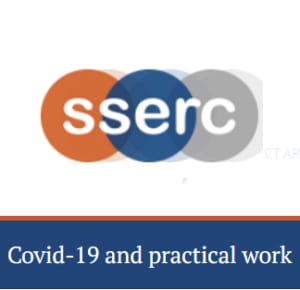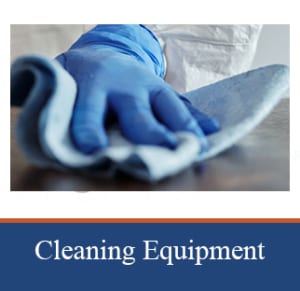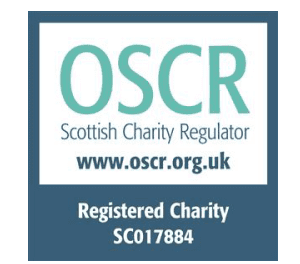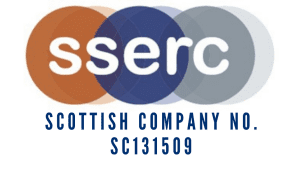Updated 18th August 2022
August Update
As of April this year there are no specific, mandatory measures in place in laboratories and workshops. However, Covid-19 is still here and still affecting a lot of people.
The key thing is that there must be a workplace Covid risk assessment. This may find that specific Covid-related measures should be in place in some circumstances. We are leaving the latest version of our guidance (April 2022) on the website for guidance in case you do need to implement any precautionary measures.
If you still have questions or requires further clarification, please contact us at SSERC.
Guidance Documents
Documents offering extensive guidance can be downloaded from the following links.
We will keep updating the documentation as and when new government guidance is released.
Both the documents below do not have any significant alterations from previous versions but there is a new section on ventilation – in green – in both.
Early Years & Primary (Updated 18th August)
Secondary science and technology (Updated 18th August)
We will address further issues by means of an FAQ section. (In the document but also replicated at the bottom of this page.)
We realise that there will be wide variation between schools across the country in terms of: pupil rolls, number and size of classrooms, etc. The advice here is necessarily general. If you need specific advice, please contact us at SSERC.
For guidance on other aspects of returning to school, you should consult the advice from the Scottish Government which can be found here (https://www.gov.scot/publications/coronavirus-covid-19-guidance-on-schools-reopening/)
Related Documents
Frequently Asked Questions
As mentioned above – there are mandatory mitigations now required but we are keeping the information in these FAQs in case it is of use for any measures individual centres may wish to introduce as determined by their risk assessments.
New FAQs will be added at the top of this list – there are no new ones in this update.
As some of the previous FAQ information is now no longer relevant, we have ‘pruned’ the content below.
Change in guidance regarding cleaning of equipment.
There is now no longer any requirement to sanitise or quarantine equipment in science and technology. It would seem prudent to still do some sanitising of equipment that has heavy usage by many people but that will depend on practicalities
Face coverings in practical science classes
Face coverings still have to be worn by teachers and learners in some classrooms. This includes laboratories and workshops.
There do not seem to be and Health & Safety issues that would cause any problems.
Bunsen burners are OK. There is no realistic likelihood of a mask coming into contact with a flame while being worn even if they are combustible
Contamination isn’t likely to be a problem either. While it is possible that the covering might absorb some fumes and allow their release later, all that will be happening is that, at worst, the same dose will be spread out over a longer period of time. Theoretically there might be minor issues with a build up of impurities leading to a long-term, low level but potentially problematic inhalation of contaminants. But normal mask hygiene should stop this anyway.
Are alcohol-based sanitisers permitted in laboratories?
We have heard suggestions that alcohol-based sanitisers should not ever be used in science labs because of their flammability. We disagree.
As long as they are not used next to a source of ignition and time is allowed for the alcohol to evaporate from hands, we think the risk is not significant. Experiments at SSERC with alcohol-based gel soaked into paper tissue showed that it was very difficult to get it to light without it being extremely close to the flame. Caution should be observed but, used sensibly, we see no significant risk. Once the stock has been exhausted, it would perhaps be prudent to make the next purchase an alcohol-free formula but there is no reason to withdraw your current stock from use.
Regarding alcohol -free formulations – there are now several on the market that seem to be active against coronaviruses: mostly ones based on quaternary ammonium compounds. When assessing the overall risk, it is worth bearing in mind that though these are not flammable, research suggests they need at least two minutes on the hand to provide the same level of protection you get from alcohol gels in 20-30 seconds.
Disinfectant concentration
As mentioned above. There is no requirement to do this now. If you do still want to continue, details on ways you can keep your eye protection sanitised (that are applicable to all other equipment as well) can be found in a separate document here: https://www.sserc.org.uk/wp-content/uploads/2020/08/Disinfecting-Eye-Protection.docx
Most of the schools in our area have been issued with huge quantities of hand sanitiser – 1750 litres in my school! What are your recommendations for where we should be storing this?
If the hand sanitiser is alcohol based then it is a flammable liquid and thus, under the requirements of DSEAR, need to be stored as such. These quantities obviously create probelms for a school.
A better option would be for the council to see about storing it centrally – as they will be able to find suitable storage more easily – and send it out in smaller quantities.
Even so, there will still need to be suitable storage on site. So either a room will need to be converted to a flammable store (possible a little used toilet could be adapted as it already has ventilation) or one or more flammable cabinets will need to be purchased and positioned in a suitable place. The details will depend on how much is stored on the premises at any one time.
This is, however, like all Health and Safety issues, a matter for the employer. So the school should contact their Local Authority and raise the issue with them.







